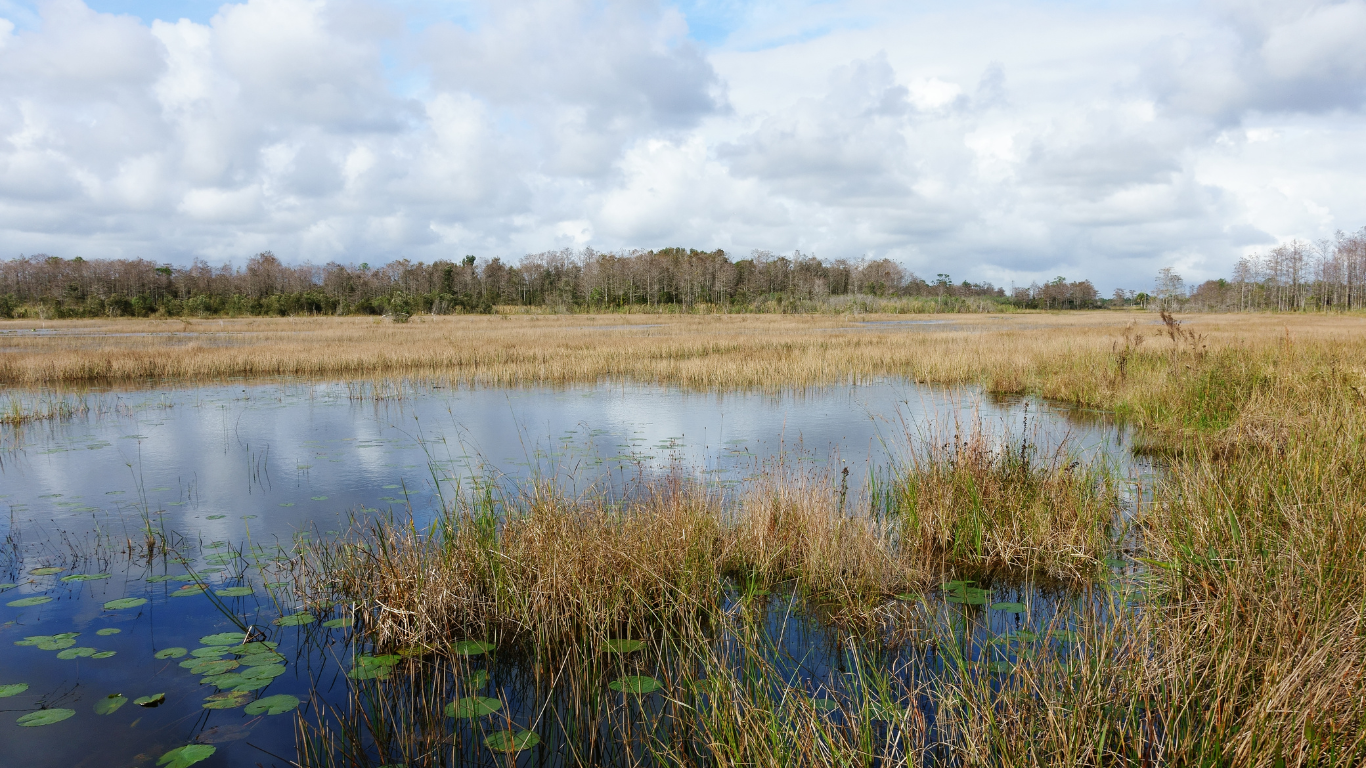Maintaining Forests in Stream Corridor Restoration
 A recent, rapid increase in the implementation of stream restoration projects in the Chesapeake Bay watershed has led to growing controversy over the short-term adverse impacts of these projects on streamside forest buffers. Stream restoration may also contribute to long-term impacts on the riparian community as delayed tree loss occurs due to altered water levels, soil compaction, and other effects from the adjacent construction activity. Both stream restoration and forest buffers are a significant component of state plans to restore the Chesapeake Bay by 2025; therefore, the EPA Chesapeake Bay Program has a vested interest in promoting synergy between efforts to restore streams and efforts to restore forest buffers so that negative impacts to riparian forests from stream restoration projects are minimized.
A recent, rapid increase in the implementation of stream restoration projects in the Chesapeake Bay watershed has led to growing controversy over the short-term adverse impacts of these projects on streamside forest buffers. Stream restoration may also contribute to long-term impacts on the riparian community as delayed tree loss occurs due to altered water levels, soil compaction, and other effects from the adjacent construction activity. Both stream restoration and forest buffers are a significant component of state plans to restore the Chesapeake Bay by 2025; therefore, the EPA Chesapeake Bay Program has a vested interest in promoting synergy between efforts to restore streams and efforts to restore forest buffers so that negative impacts to riparian forests from stream restoration projects are minimized.Over the past year, the Center for Watershed Protection worked collaboratively with the Chesapeake Bay Program and watershed stakeholders to identify methods to reduce the impacts of stream restoration projects on existing riparian forest buffers and create greater synergy between these two restoration initiatives. The project had a specific focus on Maryland, Pennsylvania, and Virginia and included the following major research tasks:
- A policy and literature review to better understand the specific requirements in each state for protecting and mitigating impacts to stream buffers from stream restoration projects
- Interviews with stream restoration and forestry experts to better understand how the above requirements are (or are not) being implemented and identify best practices to minimize adverse impacts to riparian forests/ecosystems
- A case study analysis of ten constructed stream restoration projects to evaluate resulting changes in riparian vegetation and changes in nutrient and sediment loads.
This project also resulted in a series of recommendations for state agencies to integrate best practices for riparian forest protection into all phases of stream restoration projects and to identify opportunities for coupling these practices to improve water quality and habitat. Several programmatic and research recommendations were also identified and further developed into action items for the Chesapeake Bay Program, state and local governments, researchers, and other stakeholders.
The project results were documented in a “best practices” guide for local governments and a final project report, available at the links below. The Center for Watershed Protection also conducted a series of state-specific webcasts to discuss the study findings. To learn more, contact Lisa Fraley-McNeal at lfm@cwp.org
